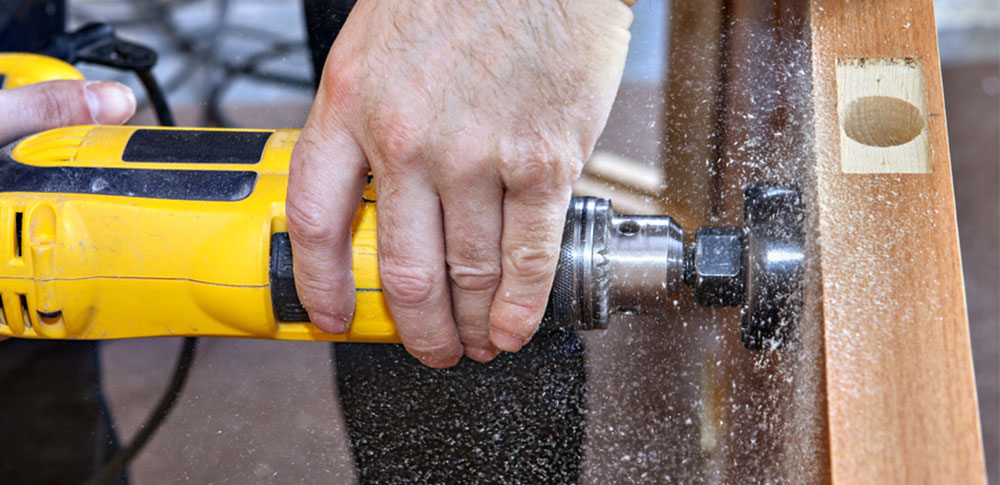When choosing a new interior door, one of your most important decisions is going to be about something you can’t even see.
Whatever style and design you choose, the construction of the door will affect the function, lifespan and cost.
While exterior doors are generally solid wood construction, you have more options with your home’s interior. The two most affordable types are hollow-core and solid-core doors – but what’s the difference between them?
A Cost-Effective Choice
Hollow-core doors are the most popular option for new builds, so if your home is modern and still has its original doors, the odds are that they are hollow-core.
The doors are made using a thin veneer of high-quality wood over a honeycombed cardboard or plastic core. This is set in a wooden frame to give the door strength and stability.
Lightweight hollow-core doors are the cheapest option and are easy to install, even if you do it yourself. Choosing hollow-core doors for your interior rooms can save you thousands of dollars and they have their advantages.
They are quite stable and unaffected by seasonal changes in your home’s humidity levels. They can also be trimmed to fit awkward door frames without too much difficulty.
However, they can feel a little flimsy and are the least effective construction for blocking sound and resisting the spread of fire.
A Solid Investment
If you are looking for a heavier door with great soundproofing, solid-core could be your answer. The door is made of a core of engineered wood such as MDF, usually with a fine veneer glued on top. They can be used for either exterior or interior placement.
Some solid-core doors are made to imitate real wood and come without veneers. One advantage these have over more expensive solid wood doors is that they won’t warp over time.
Solid-core doors are also excellent for sound insulation and act as effective fire doors. The density of engineered wood means these can be heavier than solid wood. This makes them trickier to fit than hollow-core, requiring two people and some skill.
But once fitted, a solid-core door will enhance your home’s safety and privacy and will last for many years.
Best Of Both Worlds
If cost is an issue, a mixture of hollow-core and solid-core doors can work well – using hollow for closets and storage areas, while solid doors are used to separate various living and sleeping spaces and keep noise levels to a minimum in busy areas.
Ask The Experts
If you’re still unsure what type of door you need, or would like to find out more about the styles on offer, we’d love to help. The experts at Door Stop have 35 years’ experience in the industry and we know all about doors and fittings. Come see for yourself at our Joondalup or Osborne Park showrooms.


